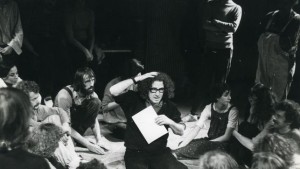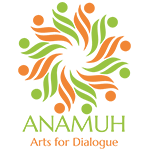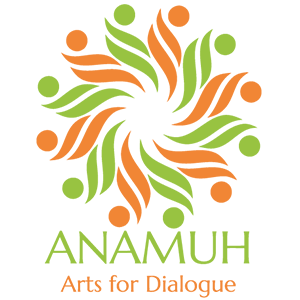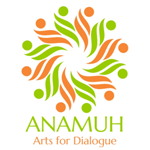“The purpose of Theatre of the Oppressed is to rehumanize humanity.” — Augusto Boal
What is Theatre of the Oppressed?
As created by Brazilian theatre visionary and Nobel Peace Prize nominee, Augusto Boal (1931-2009), Theatre of the Oppressed (T.O.) is a form of popular community-based education that uses theatre as a tool for social change.
 Originally developed out of Boal’s revolutionary work with peasant and worker populations in Latin America, it is now used all over the world for social and political activism, conflict resolution, community building, therapy, and government legislation. It is also practiced on a grassroots level by community organizers, activists, teachers, social workers, cultural animators, and more.
Originally developed out of Boal’s revolutionary work with peasant and worker populations in Latin America, it is now used all over the world for social and political activism, conflict resolution, community building, therapy, and government legislation. It is also practiced on a grassroots level by community organizers, activists, teachers, social workers, cultural animators, and more.
Boal’s books have been translated into over 35 languages and the work radiates from his original Centre for Theatre of the Oppressed in Rio de Janeiro (CTO Rio) as well as centers in Canada, England, India, Germany, Austria, Sweden, Holland, Italy, Afghanistan, Turkey, Burkina Faso, and many others.
Inspired by the vision of Paulo Freire and his landmark treatise on education, Pedagogy of the Oppressed, T.O. invites critical thinking. It is about analyzing rather than accepting, questioning rather than giving answers. It is also about taking action — “acting” rather than just talking. The audience is not made of passive spectators but instead active “spect-actors” invited on stage to explore solutions on the issues at hand.
Theatre of the Oppressed techniques include:
Image Theatre
A series of physical exercises and games designed to uncover essential truths, opinions, and observations about society, culture, self, etc. Using their own and others’ bodies as “clay”, participants create “human sculptures” — frozen images representing their experiences, feelings, ideas, oppressions, and/or dreams for the future.
Forum Theatre
A problem-solving technique in which an unresolved scene of oppression is presented. It is then replayed with the audience invited to stop the action, replace the character they feel is oppressed, struggling, or lacking power, and improvise alternative solutions. This structure, probably the most famous in T.O.’s “arsenal”, can be used to explore past and current situations, or as a “rehearsal for the future”.
Cop-in-the-Head
A technique that explores internalized oppression — the internal voices, societal messages, obstacles, fears, etc., that prevent one from living fully and liberated. Rather than focusing on external oppressors (symbolized by “cops”), these techniques bring to light the “cops” inside one’s head.
Rainbow of Desire
A technique that deconstructs a person’s story of tension in a relationship – employer/employee, parent/child, co-workers, lovers, friends, etc. Using Image Theatre, we then identify and bring to life the various emotions and driving forces — fears, desires, and internal conflicts that may be happening inside one or both characters. The process very quickly goes beyond the individual story into an exploration of the group experience and the “rainbow” of who we are.
Invisible Theatre
Issue oriented scenes performed in public settings (e.g. town square, bus, etc.) to stimulate a dialogue involving the public, without them knowing it has been staged. Traditionally used in contexts where the political climate inhibits organized open dialogue on controversial issues.
Legislative Theatre
An approach, developed by Boal when he was elected Vereador (Councilman) in Rio, to propose laws by using the above techniques to collect opinions directly from the people.
(description via Mandala Center For Change and ImaginAction)



